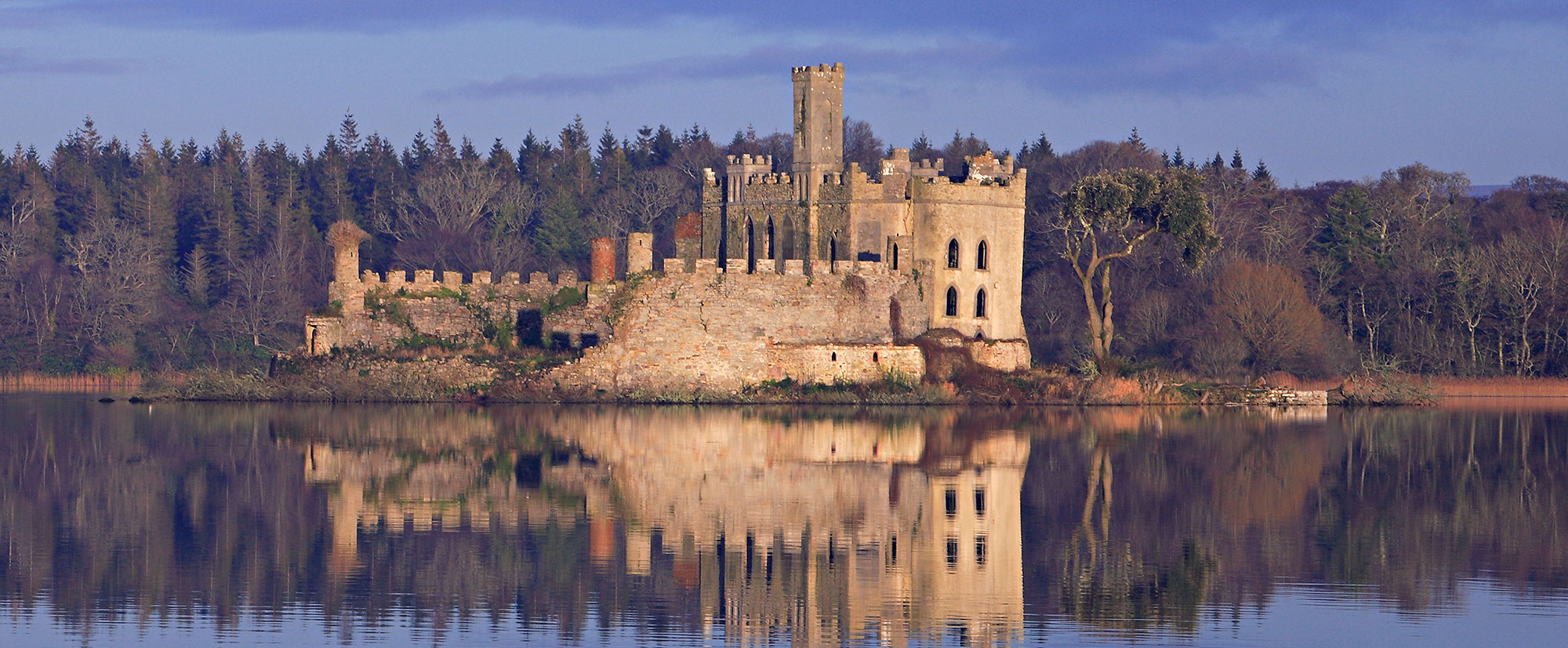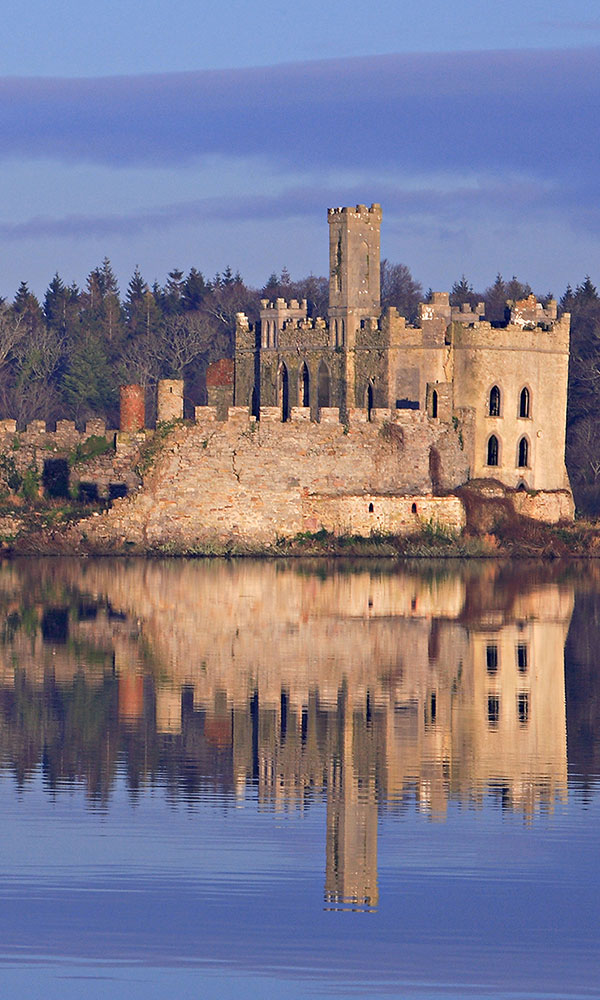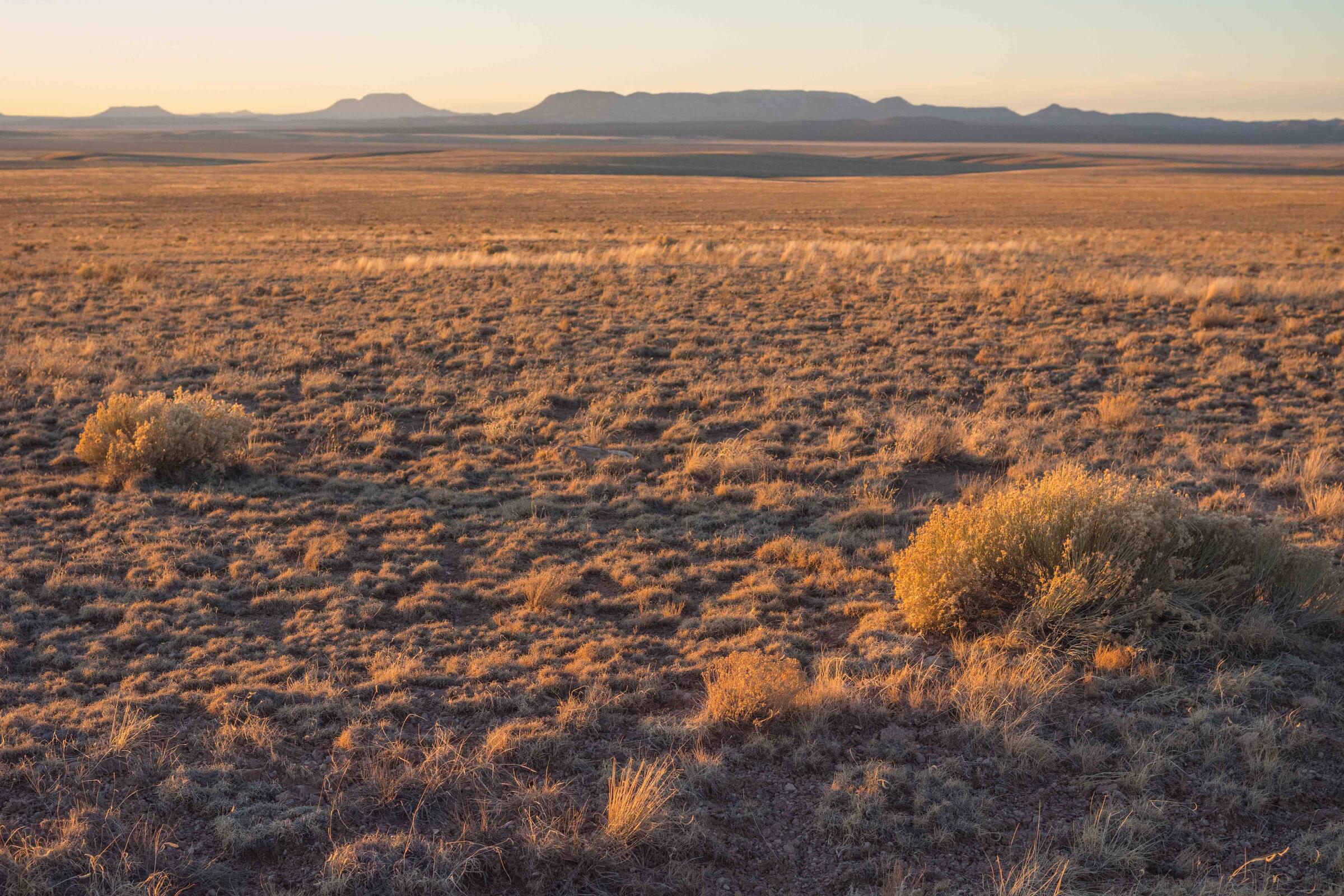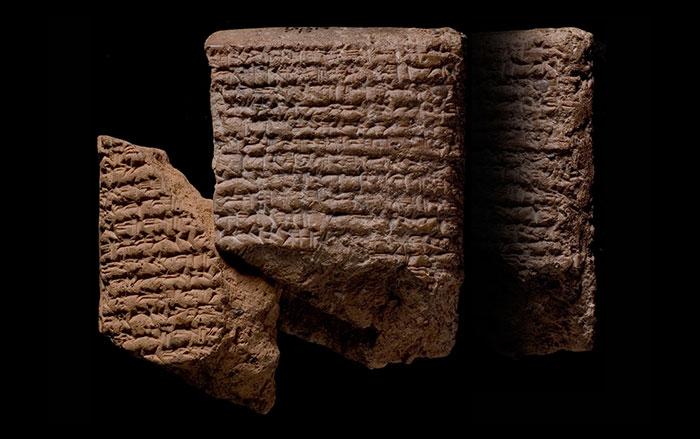
BERN, SWITZERLAND—Gizmodo reports that evidence for the cultivation of crops some 10,000 years ago has been discovered in southwestern Amazonia by researchers led by Umberto Lombardo of the University of Bern. Lombardo and his team used remote sensing technology to investigate the savannah known as Llanos de Moxos in northeast Bolivia, and detected more than 6,600 areas that had once been forested. Samples of sediments from some of these “forest islands” yielded identifiable fossilized particles of plants called phytoliths from cassava, which is also known as manioc, dated to 10,350 years ago; squash, dated to 10,250 years ago; and maize, dated to 6,850 years ago. “We already knew from genetic studies that manioc was domesticated sometime between 8,000 to 10,000 years ago, so it is the squash evidence that is most surprising,” said paleoecologist S. Yoshi Maezumi of the University of Exeter. “The fact that people were cultivating an already-domesticated squash species by 10,000 years ago implies an even earlier period of pre-domestication cultivation, and it will be extremely interesting to know where this took place.” Lombardo added that the farmers’ diet was probably supplemented with large herbivores and fish. For more, go to "Home on the Plains."











